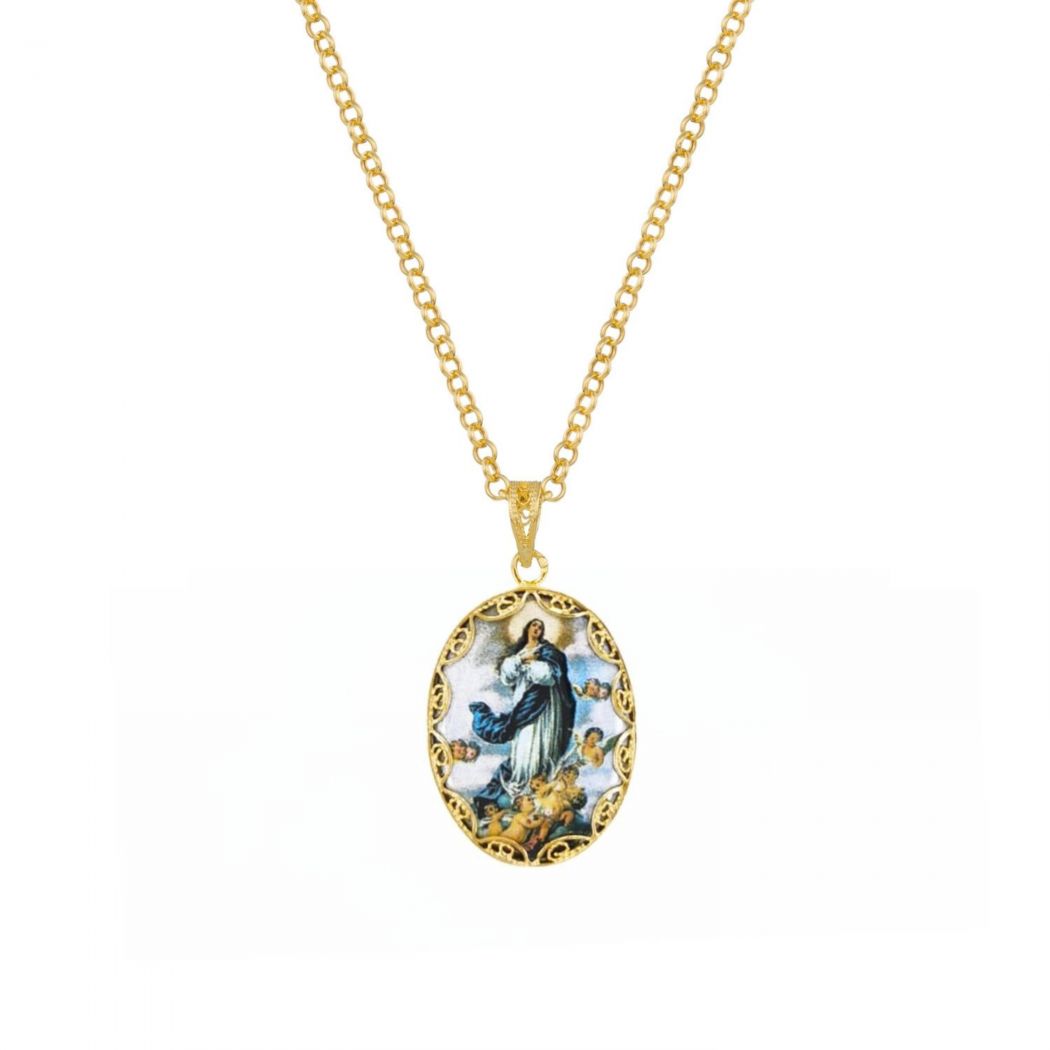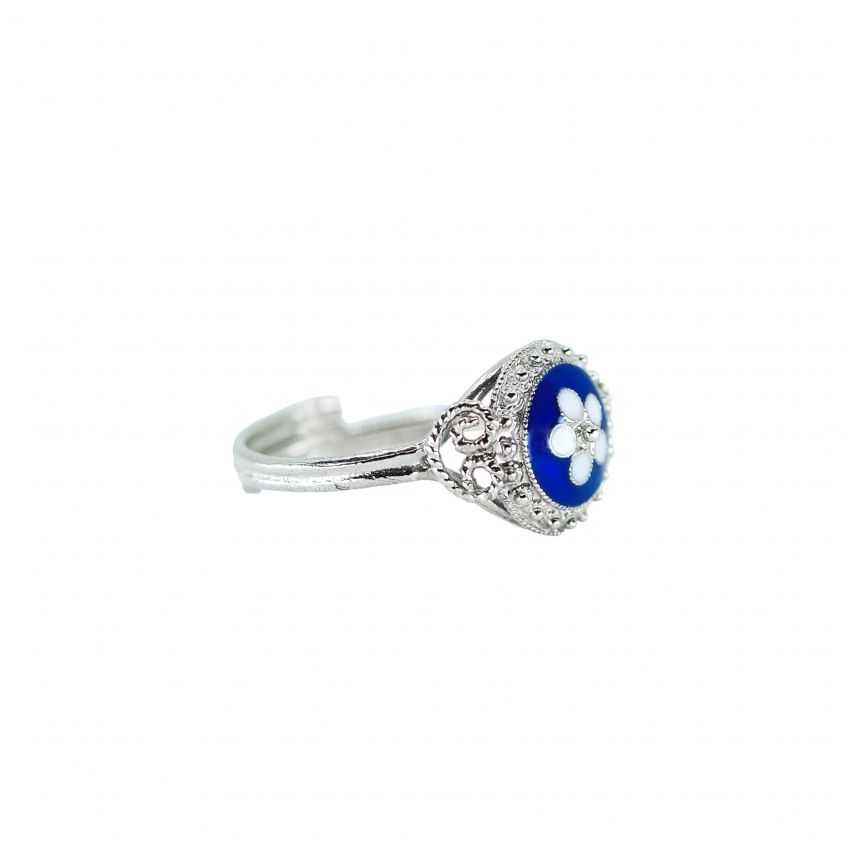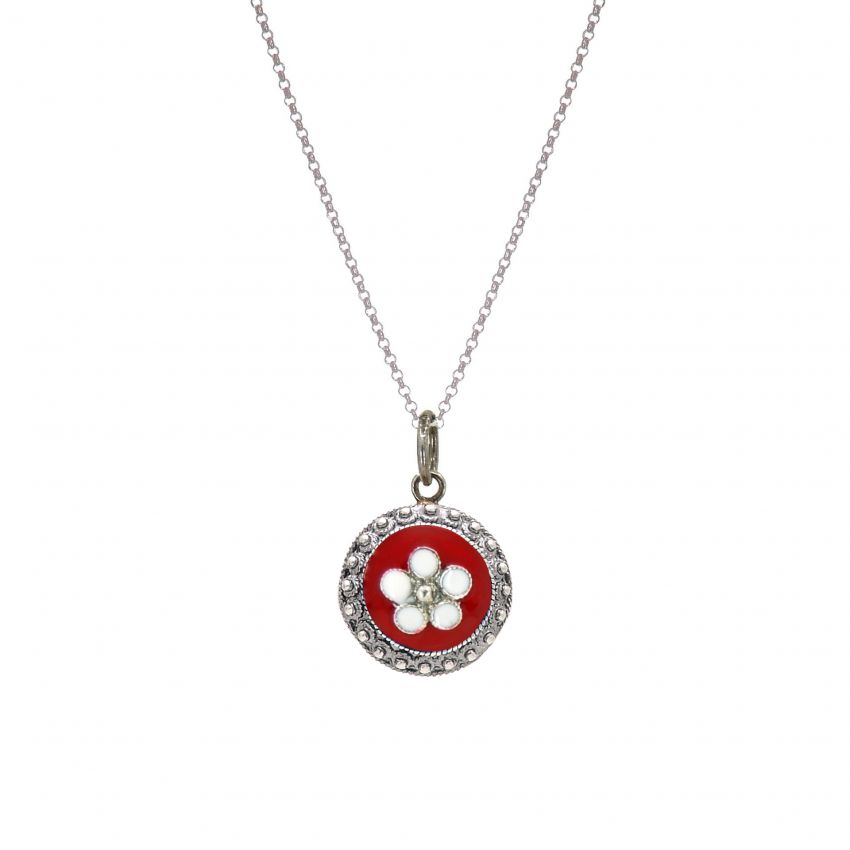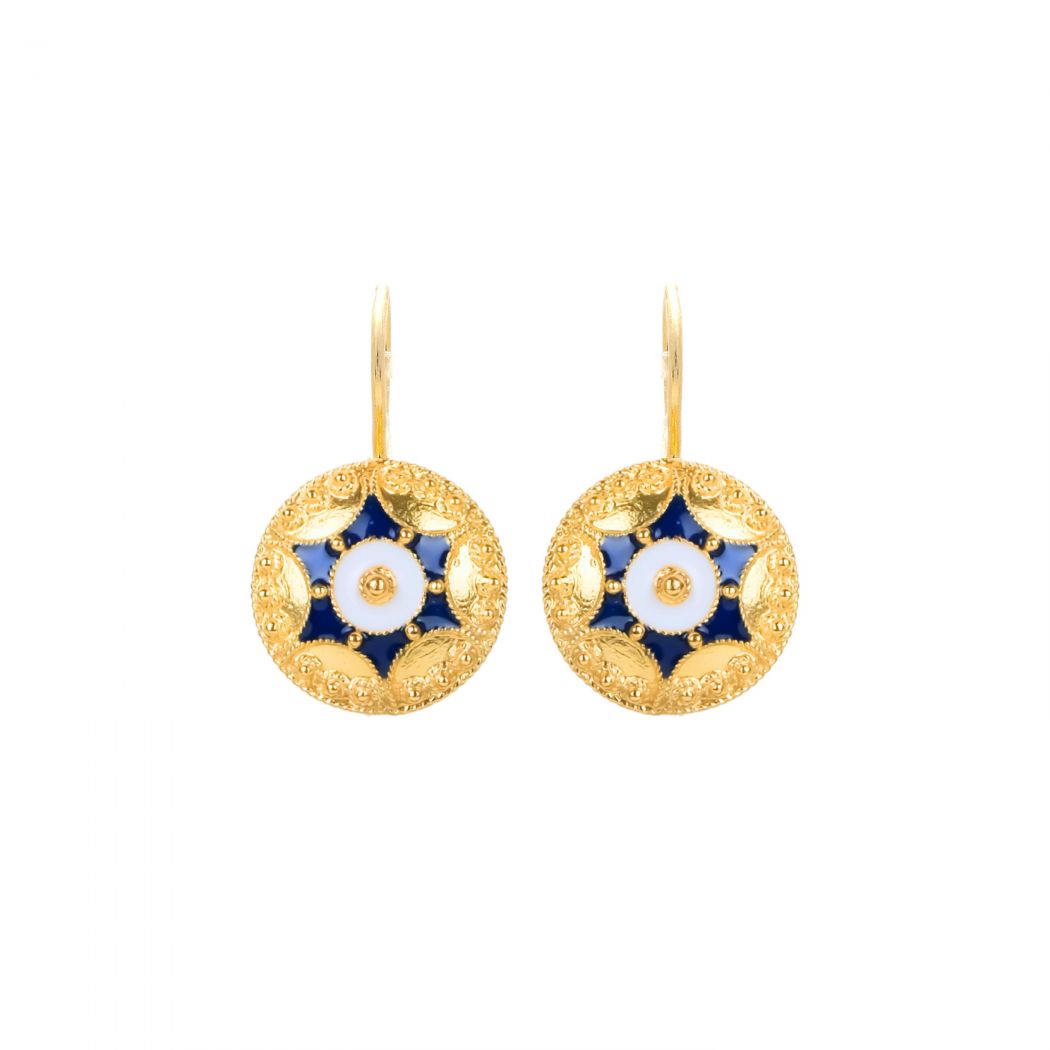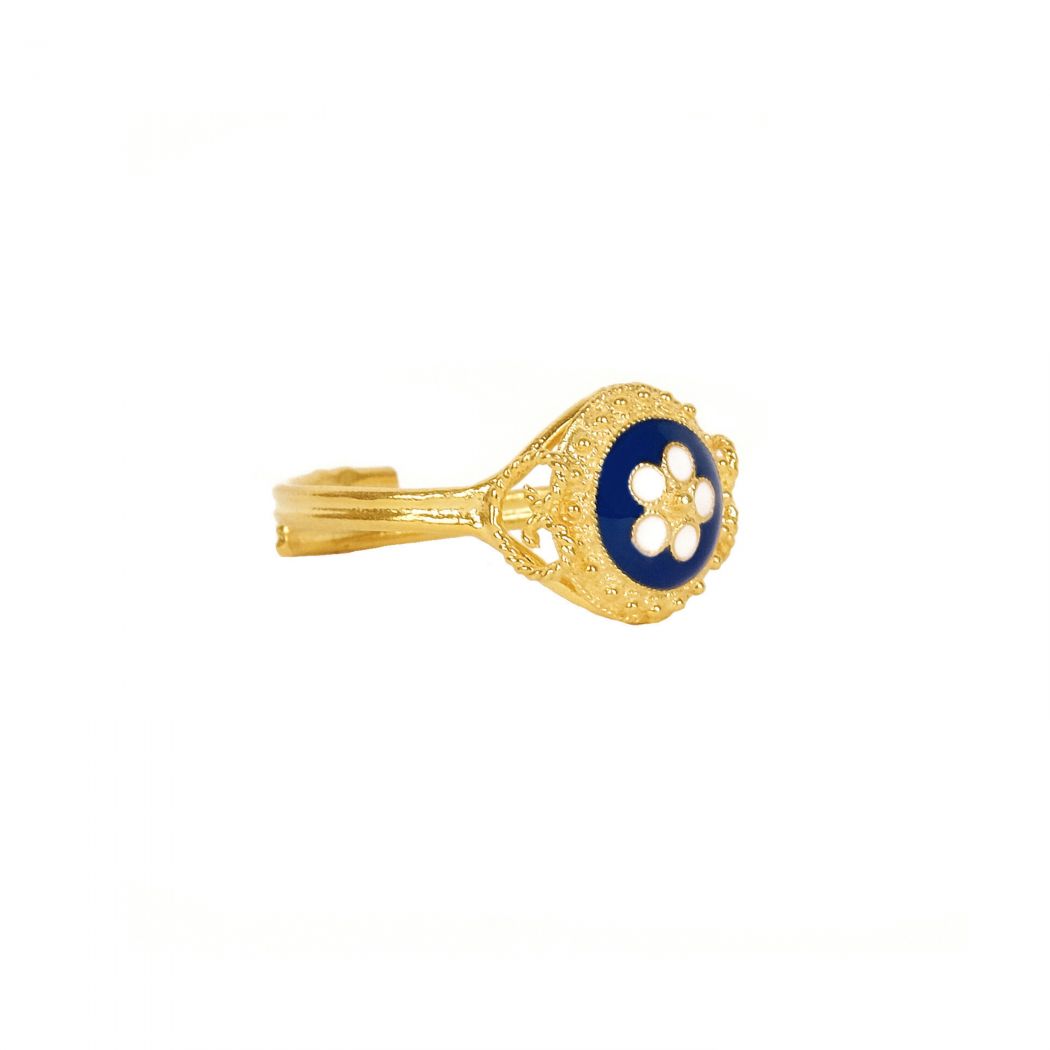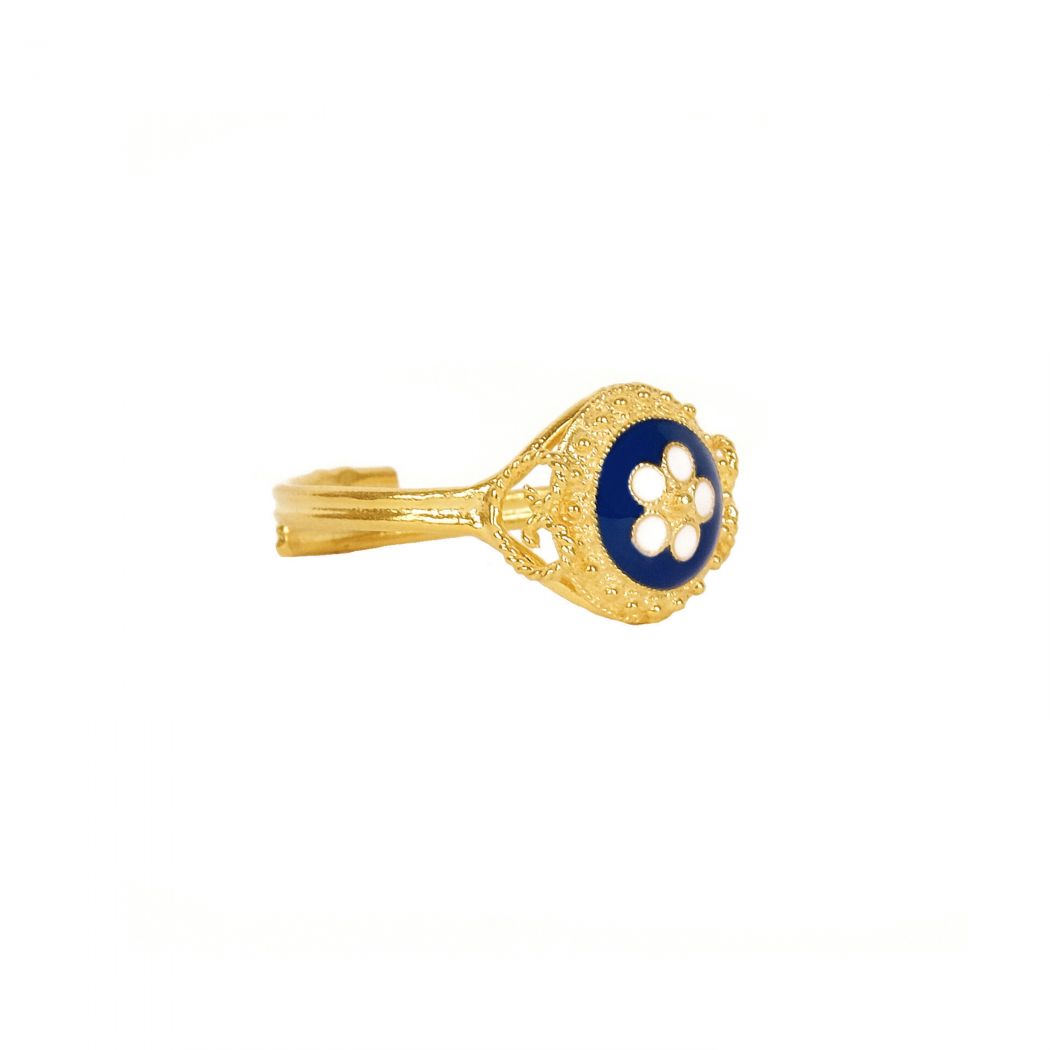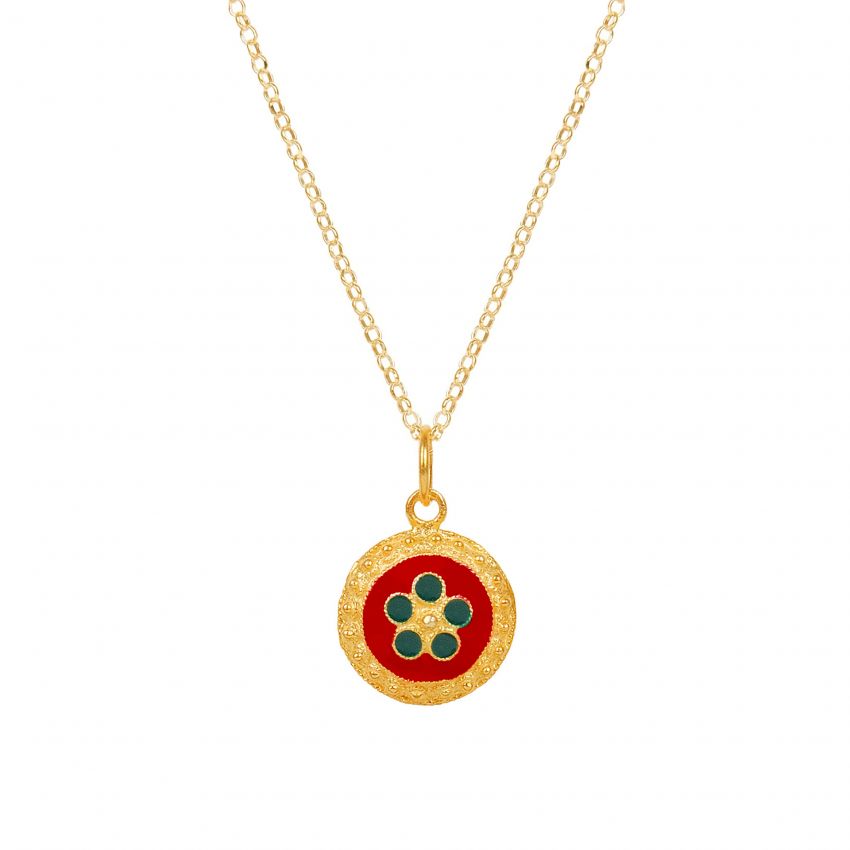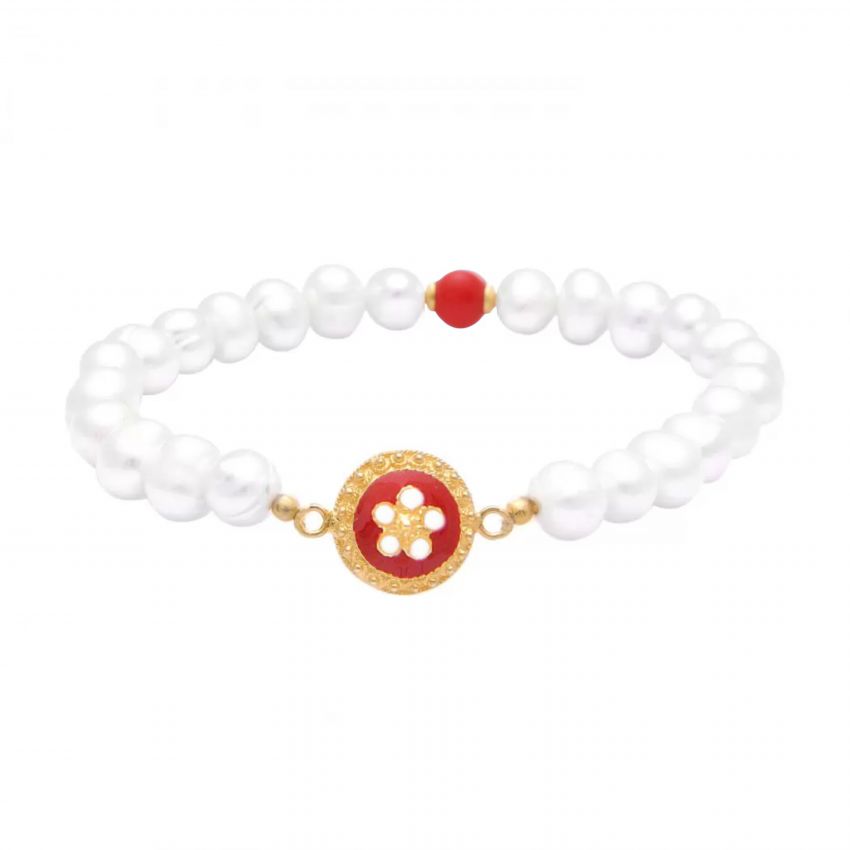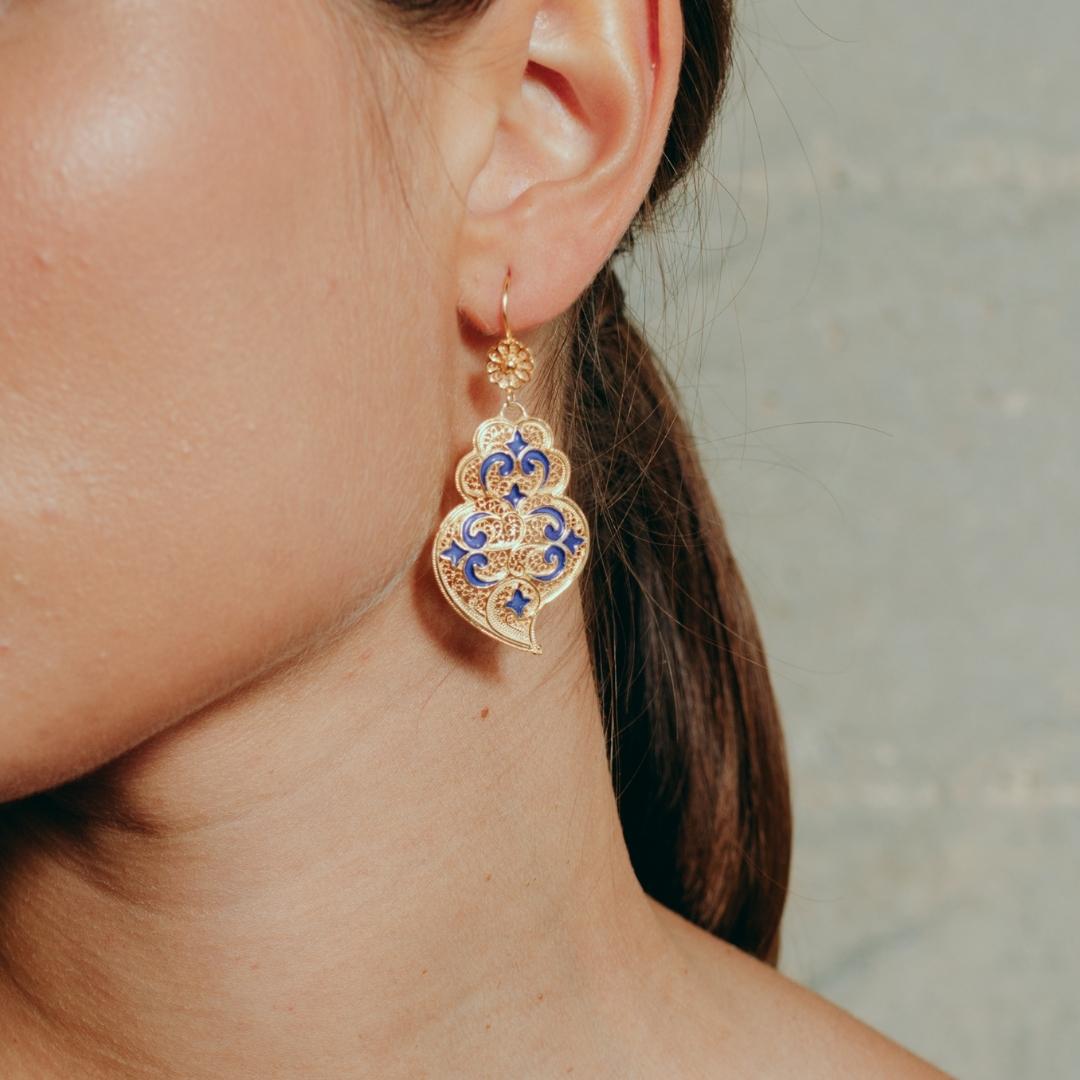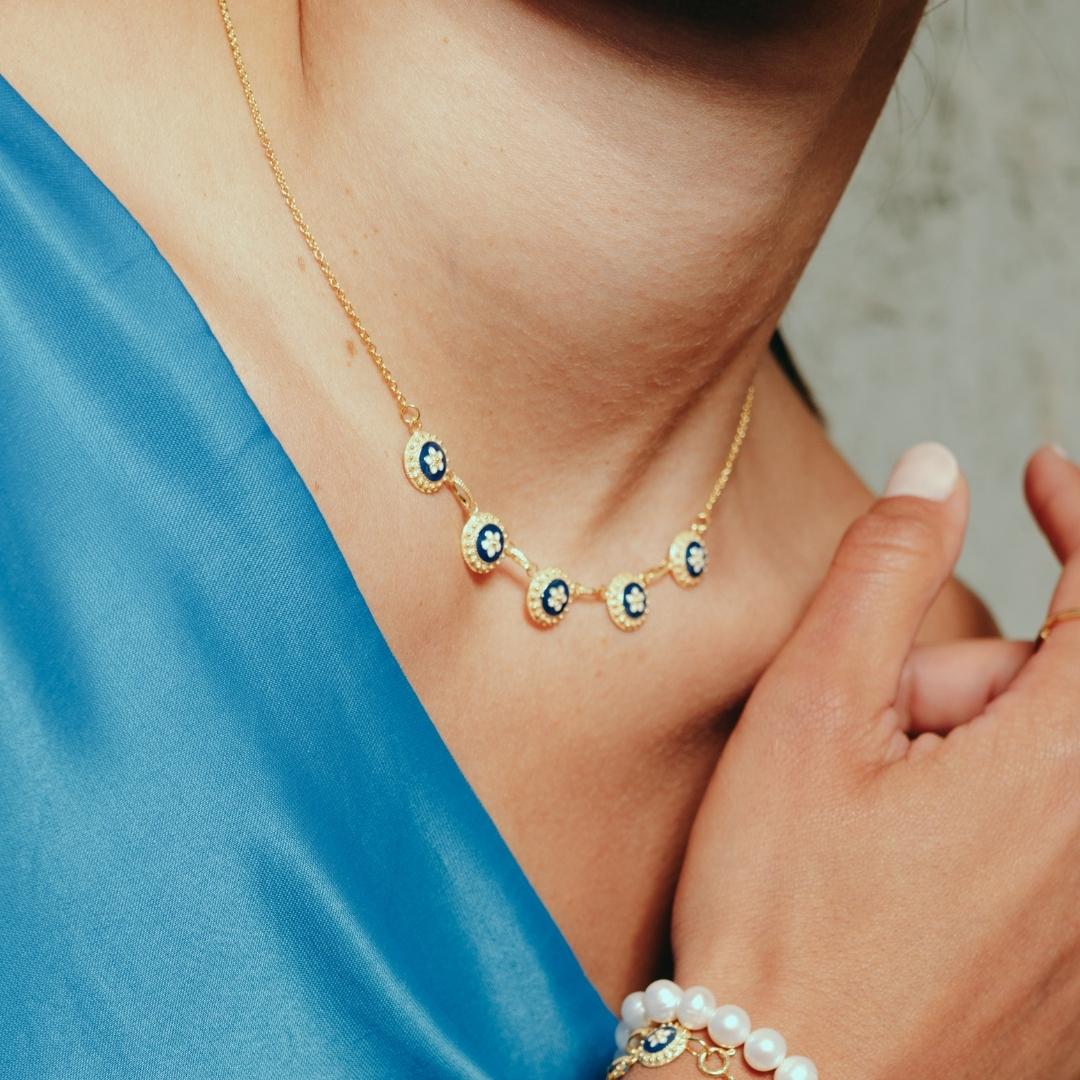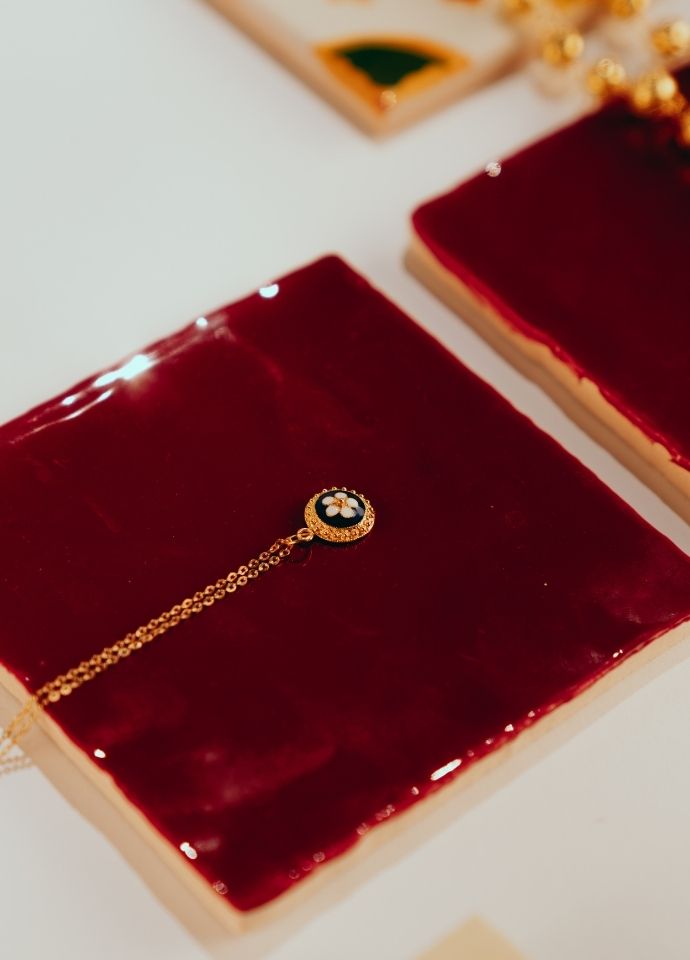- No products
AZULEJO
AZULEJO
HISTORY OF THE AZULEJO
In the Iberian Peninsula, this art is driven from the 8th century with the Muslim occupation, using a rich chromatic and geometric composition.
In Portugal, from the end of the 15th century and the beginning of the 16th century, we will witness an increase in the use of these azulejos of Islamic inspiration in decoration of walls, both interior and exterior.
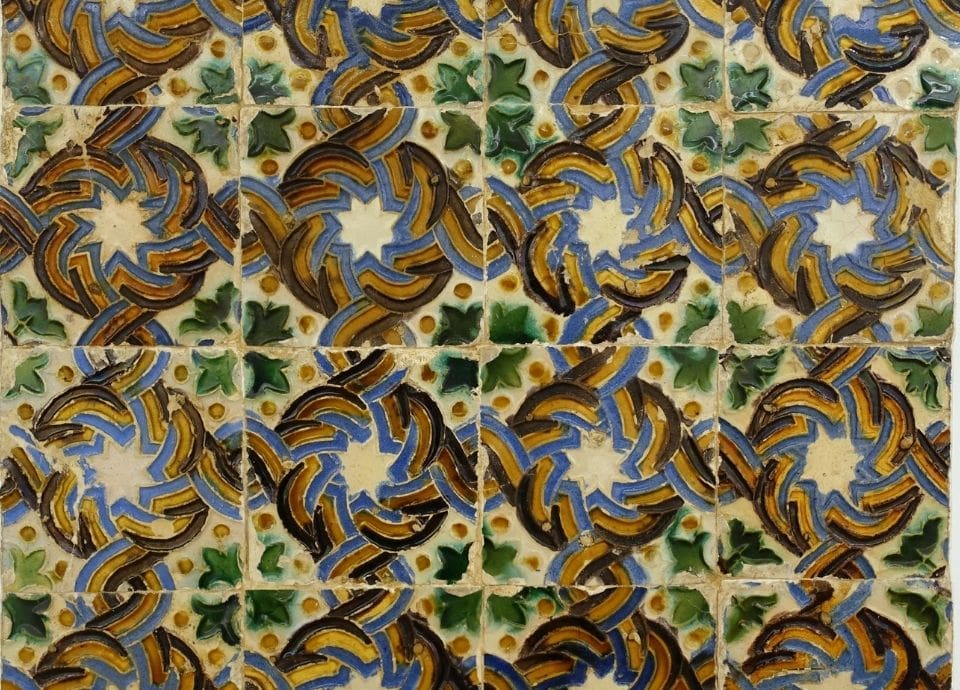
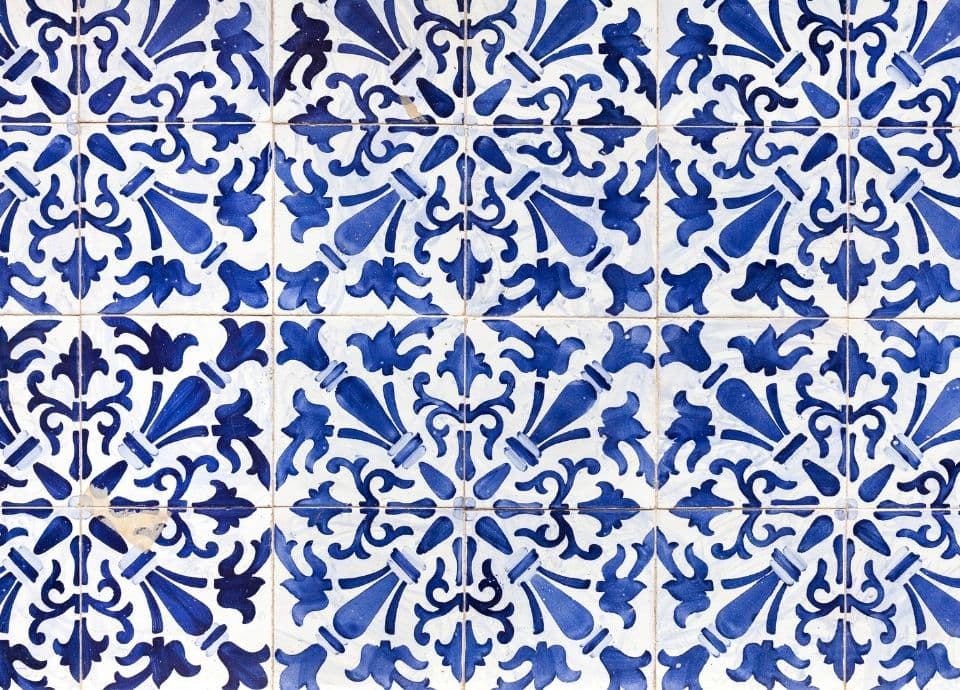
Throughout the 17th century, this art will also be influenced by azulejo imported from Spanish and Flemish workshops, using compositions with figures instead of traditional geometric patterns.
With the arrival of the Portuguese in the East, especially to China, the azulejos will also undergo changes in the sense of color, it is from this period that we inherited the taste for the famous cobalt blue.
From the second half of the 17th century and throughout the 18th century, we will suffer the influence of Dutch azulejo, from which we import a lot.
From this moment on, wall covering will come to be considered as a real canvas. It is a time when painters specialized in the creation of azulejos.
And due to the influence of the Baroque, we will get used to seeing the use of carving in tiles, so characteristic of that time, serving as a frame for the represented scenes.
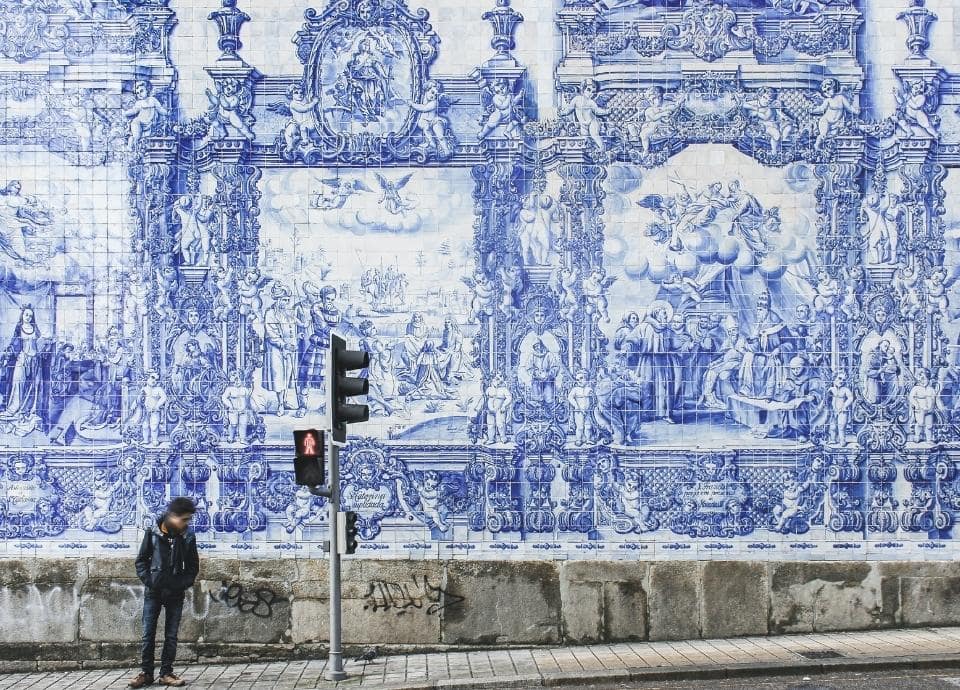
And due to the influence of the Baroque, we will get used to seeing the use of carving in tiles, so characteristic of that time, serving as a frame for the represented scenes.
The use of azulejos spread to all kinds of buildings, and can be found in noble and royal palaces, town halls, churches and convents, and bourgeois houses.
In the 19th century we saw a new use of azulejos. They are also used as advertising on stores and restaurants fronts.
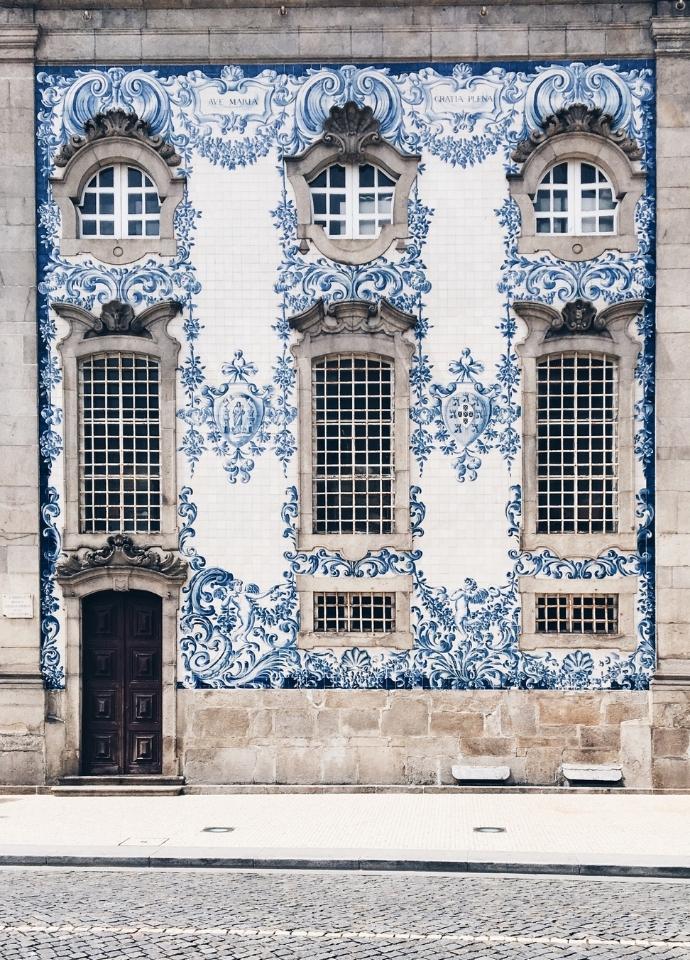
And from the 20th century until today, we can see them in public spaces like subway stations or garden walls.
Geometric patterns aside, the themes borrowed to azulejos work are as diverse as in painting.
Passages of biblical and hagiographic episodes, depictions of battles important to the history of Portugal, hunting scenes or courtesan idleness are some examples.
Forgetting episodes from Greco-Roman mythology or allegories of human virtues and emotions.
HISTORY OF THE AZULEJO
In the Iberian Peninsula, this art is driven from the 8th century with the Muslim occupation, using a rich chromatic and geometric composition.
In Portugal, from the end of the 15th century and the beginning of the 16th century, we will witness an increase in the use of these azulejos of Islamic inspiration in decoration of walls, both interior and exterior.

Throughout the 17th century, this art will also be influenced by azulejo imported from Spanish and Flemish workshops, using compositions with figures instead of traditional geometric patterns.
With the arrival of the Portuguese in the East, especially to China, the azulejos will also undergo changes in the sense of color, it is from this period that we inherited the taste for the famous cobalt blue.

From the second half of the 17th century and throughout the 18th century, we will suffer the influence of Dutch azulejo, from which we import a lot.
From this moment on, wall covering will come to be considered as a real canvas. It is a time when painters specialized in the creation of azulejos.

And due to the influence of the Baroque, we will get used to seeing the use of carving in tiles, so characteristic of that time, serving as a frame for the represented scenes.
The use of azulejos spread to all kinds of buildings, and can be found in noble and royal palaces, town halls, churches and convents, and bourgeois houses.
In the 19th century we saw a new use of azulejos. They are also used as advertising on stores and restaurants fronts.
And from the 20th century until today, we can see them in public spaces like subway stations or garden walls.

Geometric patterns aside, the themes borrowed to azulejos work are as diverse as in painting.
Passages of biblical and hagiographic episodes, depictions of battles important to the history of Portugal, hunting scenes or courtesan idleness are some examples.
Forgetting episodes from Greco-Roman mythology or allegories of human virtues and emotions.
THE ART OF DETAILS
AZULEJO
19.2KT GOLD
The Portuguese Gold Collection, made in 19.2Kt gold, is a selection of traditional Portuguese jewelry. Portuguese gold is among the purest in the world and is certified by the Portuguese Mint Office.
Discover our 19.2kt Gold Azulejo jewels.
AZULEJO
OURO 19,2KT
The Portuguese Gold Collection, made in 19.2Kt gold, is a selection of traditional Portuguese jewelry. Portuguese gold is among the purest in the world and is certified by the Portuguese Mint Office.
Discover our 19.2kt Gold Azulejo jewels.
AZULEJO
OURO 19,2KT
The Portuguese Gold Collection, made in 19.2Kt gold, is a selection of traditional Portuguese jewelry. Portuguese gold is among the purest in the world and is certified by the Portuguese Mint Office.
Discover our 19.2kt Gold Azulejo jewels.


